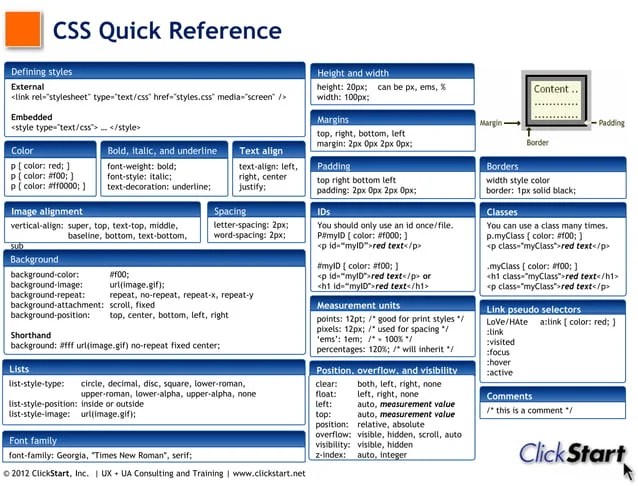 www.amazon.com
www.amazon.com Introduction to Crate Training Your Dog Crate training is a valuable method for providing your dog with a safe and secure space, aiding in housetraining, preventing destructive behaviors, and making travel easier. It's important to approach crate training positively and patiently. This guide provides a step-by-step approach to help your dog learn to love their crate.
Choosing the Right Crate The crate should be large enough for your dog to stand up, turn around, and lie down comfortably. However, it shouldn't be too large, as this can hinder housetraining (dogs are less likely to eliminate where they sleep). For puppies, consider a crate with a divider to adjust the space as they grow. Select a durable crate made of wire, plastic, or a soft-sided material depending on your dog's temperament and your needs.
Introducing the Crate Step 1: Make it Positive: Place the crate in a high-traffic area of your home where your family spends time. This helps your dog feel included. Step 2: Add Comfort: Line the crate with a soft, comfortable blanket or bed. This will make it a more inviting space. Step 3: Entice with Treats: Toss treats and toys inside the crate to encourage your dog to enter. Don't force them in; let them explore at their own pace. Step 4: Feeding Time: Start feeding your dog their meals inside the crate. If they are hesitant, place the bowl just inside the entrance at first, gradually moving it further inside over several days.
Gradually Increasing Crate Time Step 1: Short Stays: Once your dog is comfortable entering the crate, encourage them to stay inside for short periods. Start with a few seconds, then gradually increase the time to a few minutes. Step 2: Use Positive Reinforcement: While your dog is in the crate, offer praise, treats, and toys. This reinforces positive associations with the crate. Step 3: Build Up Duration: Gradually increase the duration of the crate stays. Start with 10 minutes, then 20 minutes, and so on. Work up to being able to leave the room for short periods while your dog is crated. Step 4: Stay Calm When Letting Out: Release your dog from the crate calmly and quietly. Avoid excessive excitement, as this can make them anxious to get out next time.
Addressing Crate Anxiety Some dogs may experience anxiety or fear when confined to a crate. If your dog is whining, barking, or showing signs of distress, it's important to address the underlying cause. Make sure you are not rushing the process. Shorten crate times, provide plenty of exercise and mental stimulation, and consult with a veterinarian or certified dog trainer if the problem persists. Avoid using the crate as punishment, as this will create negative associations.
Housetraining with a Crate Crate training can be a helpful tool for housetraining. Dogs naturally avoid soiling their sleeping area. Take your dog outside immediately after they come out of the crate, especially after waking up, eating, or playing. Reward them with praise and a treat when they eliminate outside. If your dog eliminates in the crate, clean it thoroughly to remove any odors.
Conclusion Crate training requires patience and consistency. By following these steps and using positive reinforcement, you can help your dog learn to love their crate and reap the benefits of a well-trained and secure companion. Remember to always supervise your dog when they are in the crate and never leave them crated for excessive periods.
Amazon.com: Leapfrog Clickstart Educational Software: Scout's Puppy Pals
 www.amazon.com
www.amazon.com Css Quick Reference / Cheat Sheet
 www.slideshare.net
www.slideshare.net Leapfrog Clickstart My First Computer Manual
 www.manualslib.com
www.manualslib.com

0 komentar:
Posting Komentar